The new book by Thomas Engqvist, Réti: Move by Move (Everyman Chess), about the hypermodern leader Richard Réti, is so significant that it deserves further examination.
Perhaps Réti’s most celebrated victory came against Capablanca, who had come through his 1921 world title contest and the subsequent great tournament of London 1922 without losing a single game. When Réti defeated Capablanca with his new opening system at New York 1924, it was the first game lost by Capa in eight years. It created a sensation.
Réti-Capablanca: New York 1924, Réti Opening
1 Nf3 Nf6 2 c4 g6 3 b4 Bg7 4 Bb2 0–0 5 g3 b6 6 Bg2 Bb7 7 0–0 d6 8 d3 Nbd7 9 Nbd2 e5 10 Qc2 Re8 11 Rfd1 a5 12 a3 h6 13 Nf1 It is a mistake to play 13 Nxe5? on account of 13 … Bxg2 14 Nxd7 Qxd7 15 Kxg2 Rxe2, when Black controls the e-file as well as the long light diagonal after the further … Qc6+. 13 … c5 Better is simply to play 13 … e4 14 dxe4 Nxe4 15 Bxg7 Kxg7 16 N3d2 Qe7 with an even game. 14 b5 A mistake. 14 Nxe5 is surely the best move. Strangely, both players seemed to have underestimated it. After 14 … Bxg2 15 Nxd7 Qxd7 16 Kxg2 axb4 17 axb4 Rxa1 18 Bxa1 cxb4 19 Rb1, the pawn on b4 eventually falls. 14 … Nf8 15 e3 Qc7 16 d4 Be4 17 Qc3 Réti opts for an ambitious move, putting pressure on the centre and along the dark diagonal, but the queen is awkwardly placed in front of the bishop. 17 … exd4 18 exd4 (see diagram 1) 18 … N6d7 It is a mystery why Capablanca did not play the obvious 18 … Ne6, fighting more directly for control of the centre. 19 Qd2 cxd4 It is better to reinforce his position with 19 … Rad8, or else admit the mistake and return the knight to f6, although this is psychologically one of the hardest things to do. 20 Bxd4 Qxc4 21 Bxg7 Kxg7 22 Qb2+ Kg8 23 Rxd6 Qc5 Black’s idea is to conduct an active defence and prevent the dangerous manoeuvre Nf1-g4 with … Qh5, but it backfires against Réti’s accurate play. The passive 23 … Qc7 was correct. 24 Rad1 Ra7 This looks disharmonious since the rooks lose contact with each other. 25 Ne3 (see diagram 2) 25 … Qh5 At this point the only defence is 25 … h5, crudely preventing Ng4. White can then play 26 h4. 26 Nd4 As Alekhine points out, the surprising continuation 26 R1d5! Bxd5 27 g4 Bxf3 28 gxh5 Bxh5 29 Bc6 etc, would have won the queen for a rook, knight and pawn. 26 … Bxg2 27 Kxg2 Qe5 Capablanca is really doing his upmost on the fourth rank with his strongest piece, but the queen is no match for White’s heavily centralised knights and rooks. Black had to try an exchange sacrifice and play 27 … Rxe3! 28 fxe3 Ne5. 28 Nc4 Qc5 29 Nc6 Alternatively, 29 Rc6 Qd5+ (or 29 … Qh5 30 Nf3 with complete domination) 30 f3!, threatening 31 Ne6 is also quite convincing. 29 … Rc7 30 Ne3 Ne5 31 R1d5 Black resigns
Got something to add? Join the discussion and comment below.
Get 10 issues for just $10
Subscribe to The Spectator Australia today for the next 10 magazine issues, plus full online access, for just $10.

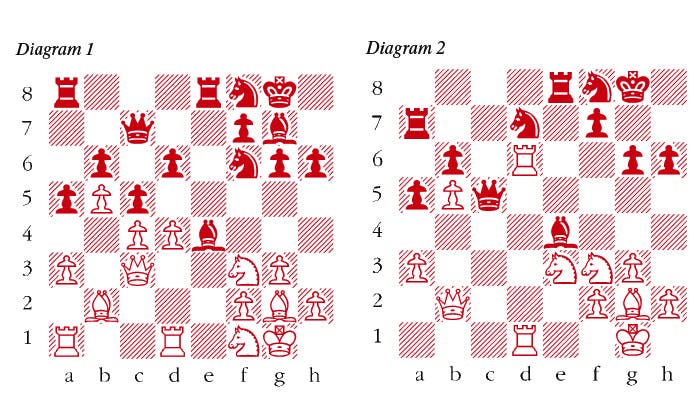
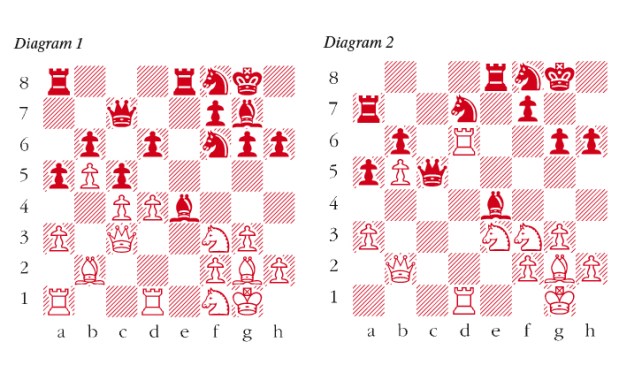

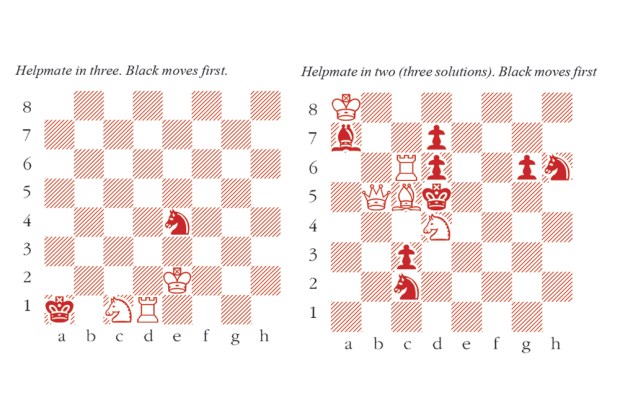
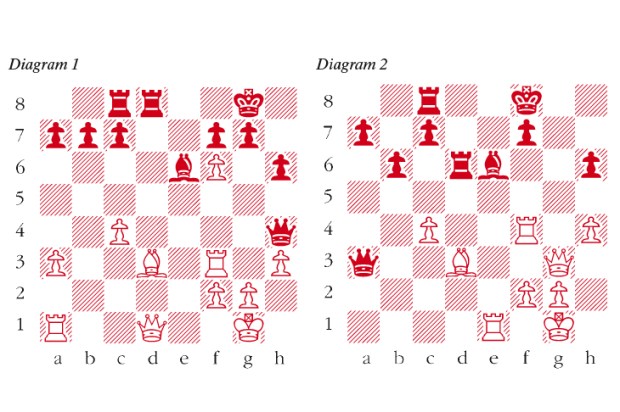
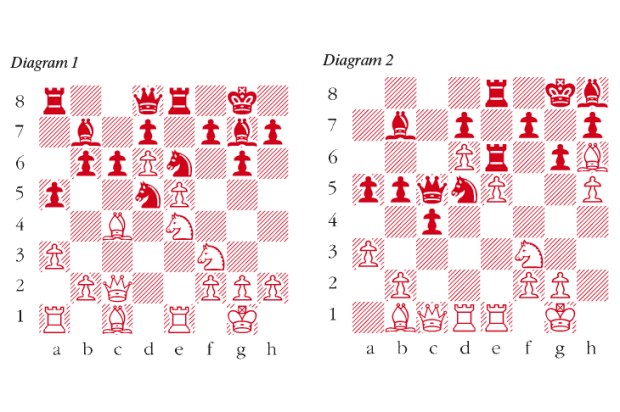
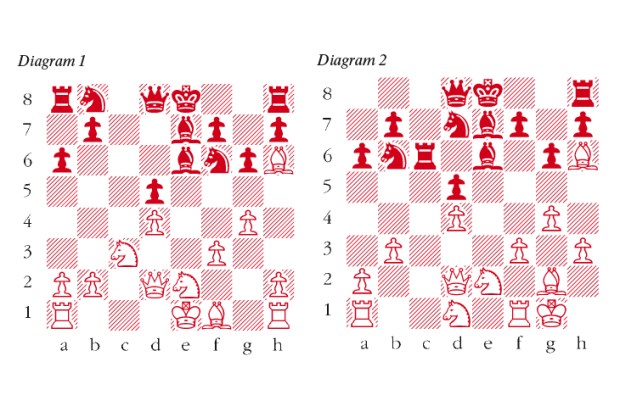






Comments
Don't miss out
Join the conversation with other Spectator Australia readers. Subscribe to leave a comment.
SUBSCRIBEAlready a subscriber? Log in